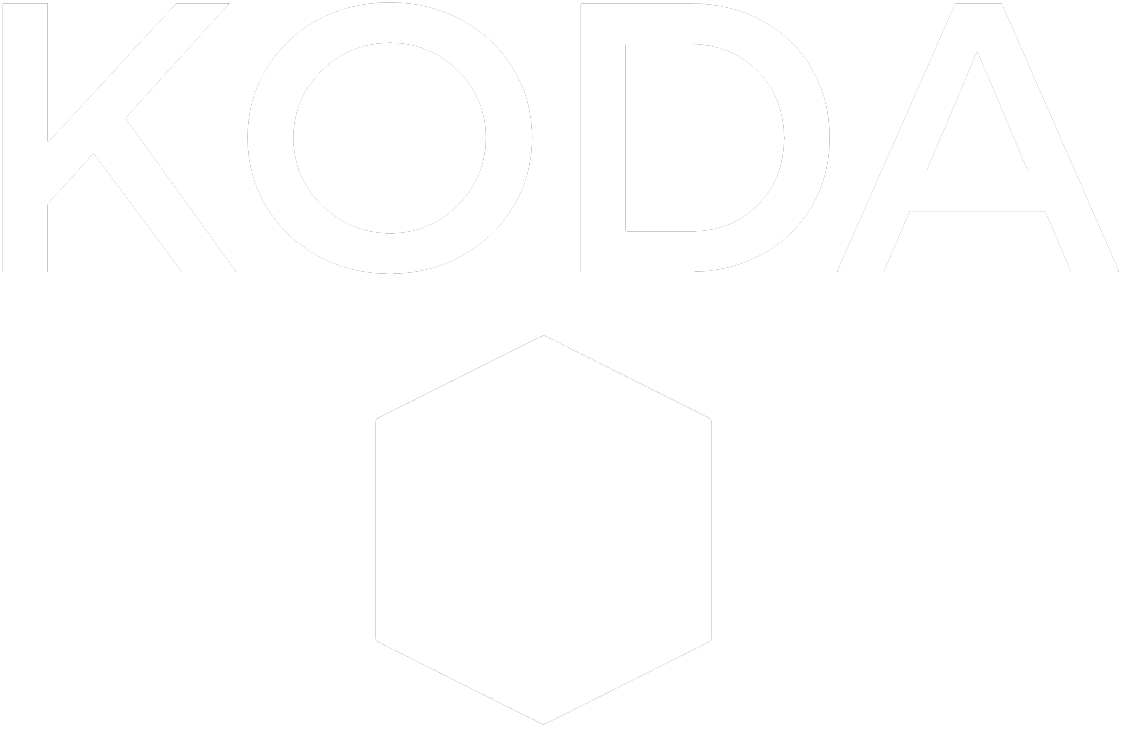New York
What an exciting week it has been! A visit to Ralph Perez of New York Geomatics started it all. New York has a lot of construction underway and Ralph and his team are at their top of their game. They’re working the “The East Side Access Project”, “The New Tappan Zee Bridge” and many more. The photo below shows a pretty awesome station box with all four metro tunnels visible.
A visit with the team from STRAAM Group – providers of some novel structural monitoring systems - was a real eye opener. This is probably oversimplified, but the system uses a combination of accelerometers and structural models to perform an assessment of the structural integrity of a building or structure. After, or at any point during a project the building can be assessed again to determine if there has been any loss of stability. In many respects this closes the gap on traditional monitoring which looks purely at dimensional change to a structure by giving an answer to the question: “it’s moved, but now what?”
Geomos to Atlas
Lucky to get out of New York before ‘ArcticBlast2015’ hit, KODA headed on to Washington DC to assist MSIGeosystems with installation and commissioning of a Leica Geomos based monitoring system. The project has an existing Atlas Web Reporting system so we wrote some customized database queries to get that running into Atlas nicely - an interesting challenge and lots of fun. KODA’s definitely putting some thought into how it can continue to add value to such combinations of systems.
OpenTS – A new standard?
KODA doubts it is the first to bring this up… One thing raised a couple of times on this visit is the openness of total stations around their ability to be robotically controlled – something like NMEA, but for Total Stations. We realize than unlike GNSS systems, a total station protocol would need to be a two way protocol in which both control of the instrument and data gathering would be required. Given the complexity of modern instruments, is a general protocol possible, or even really required? Maybe it is more about openness, and a commitment to maintaining and developing the protocol for your instrument – and keeping it open.
Does opening up the protocol limit the ability for suppliers to innovate and be successful OR does it stifle similar ambitions in its customers? Which is the greater loss…!? In many ways it helps retain customers, but the other side of the coin is that it creates similar boundaries to keep potential customers working with a competing product.
KODA understands that a successful business isn't founded in building walls around your customers, but in keeping them happy through the provision of excellent products and support AND then gaining new customers by increasing your value proposition to them and minimizing switching costs.
Please like, share, follow and we look forward to comments.
Until next time, KODA

